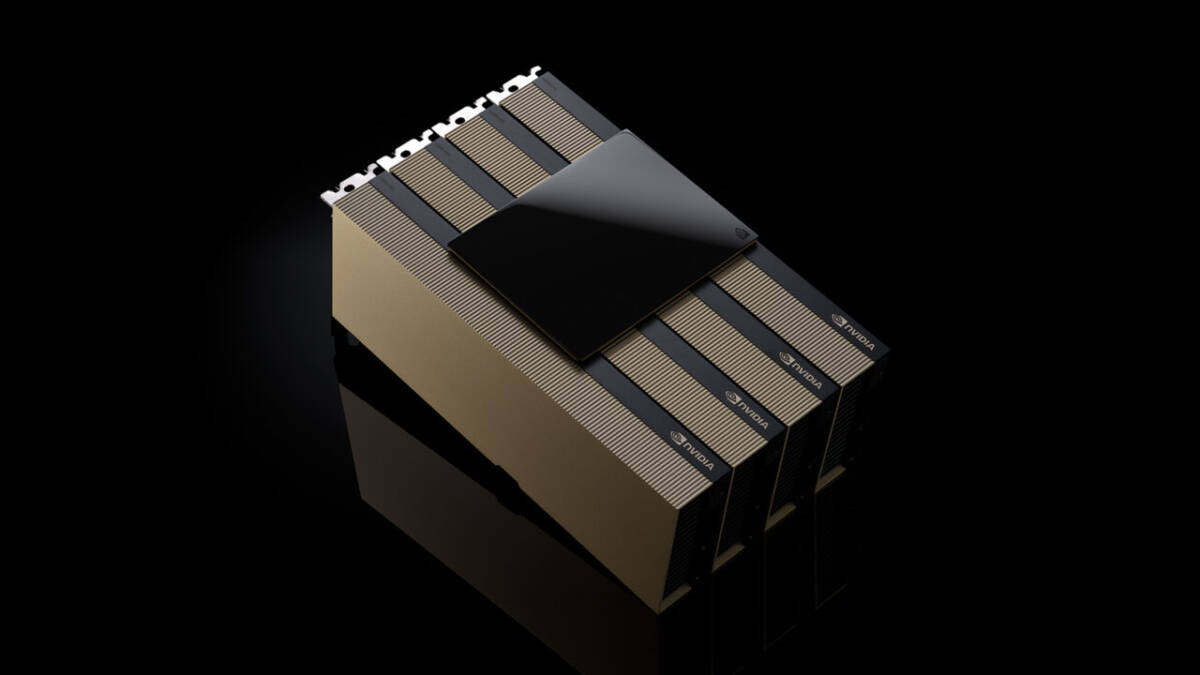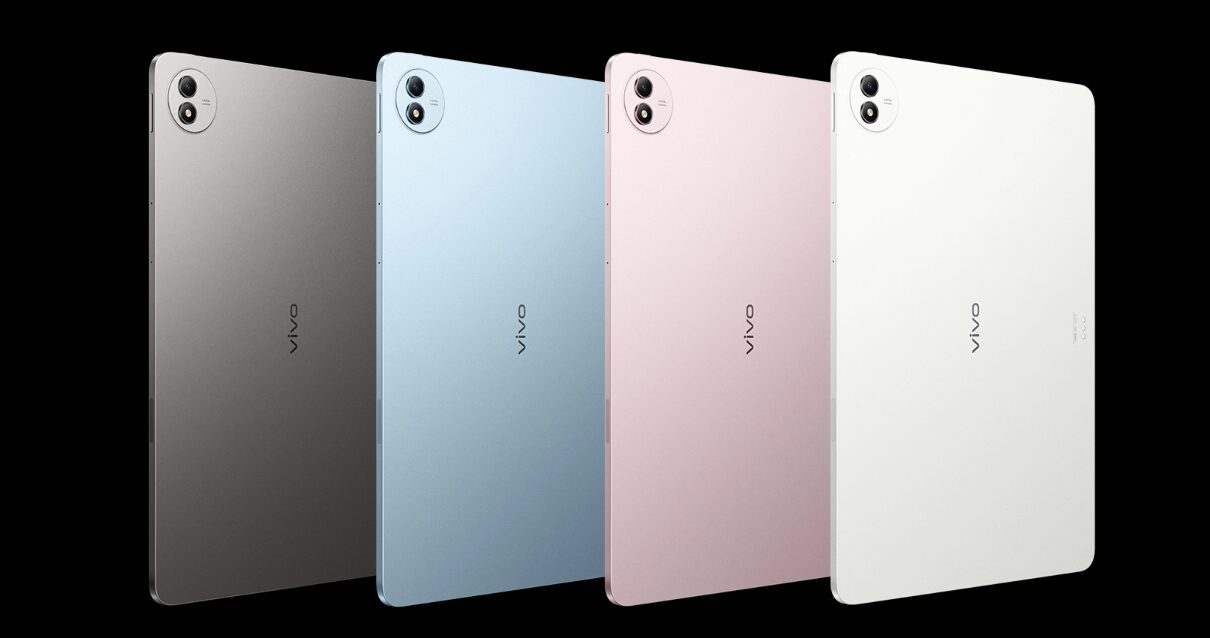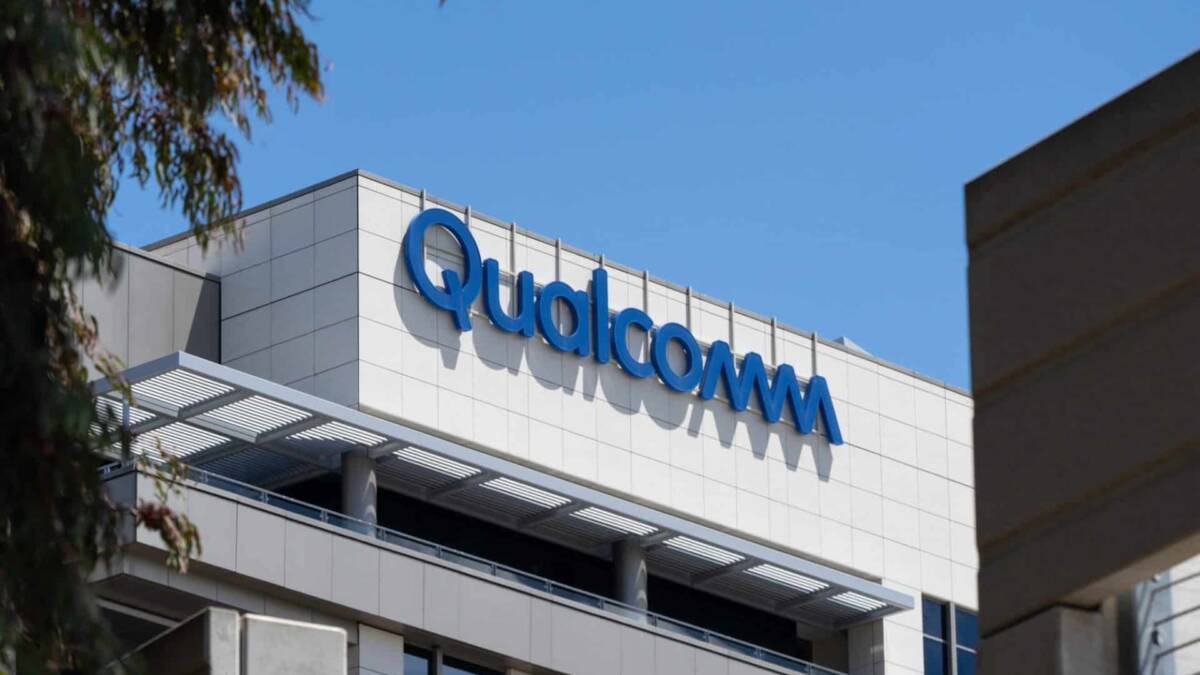TSMC prepares to manufacture 1.4nm chips using high-aperture EUV machines
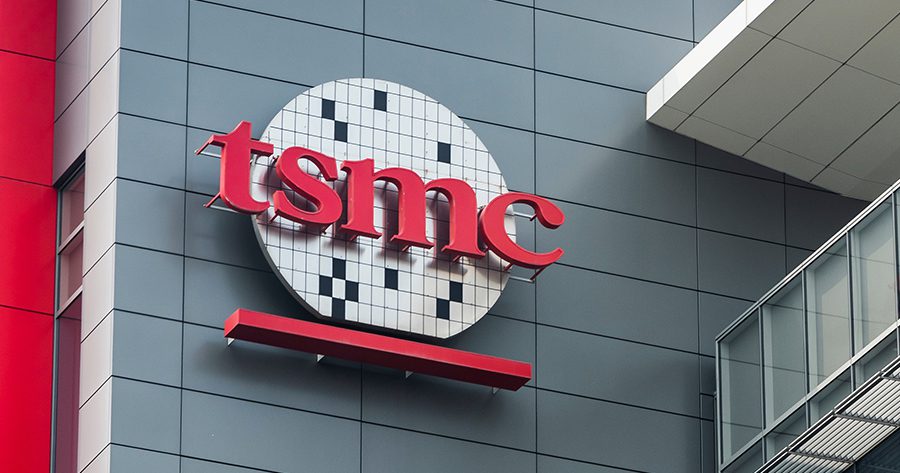
The invention of extreme ultraviolet (EUV) lithography machines has made it possible to create semiconductors with process technologies smaller than 7nm. These devices make it possible to create circuits on silicon wafers with a precision greater than the thickness of a human hair. This enables billions of transistors to be placed in a single processor. For example, the A17 Pro processor in the iPhone 15 Pro contains 19 billion transistors.
The A17 Pro processor in the iPhone 15 Pro contains 19 billion transistors.
What is EUV and why is it important?”
.
- The lower the process technology (e.g., 7nm, 5nm, or 2nm), the smaller the transistors and the number of transistors increases.
- The higher number of transistors makes processors powerful and energy-efficient.
- The only company making EUV machines is Dutch-based ASML. It has recently introduced a high aperture EUV machine (high-NA EUV):
- .
- The aperture number has been increased from 0.33 to 0.55, allowing for more accurate patterns.
- This opens the way to 2nm and lower process technologies.
Intel and TSMC: the race for technology leadership
- Intel was the first to acquire a high-NA EUV machine, costing about $400 million. Installation began this year.
- Now also TSMC, the world’s largest contract chip maker, has confirmed the installation of its first high-NA EUV machine at its Hsinchu research center by the end of 2024.
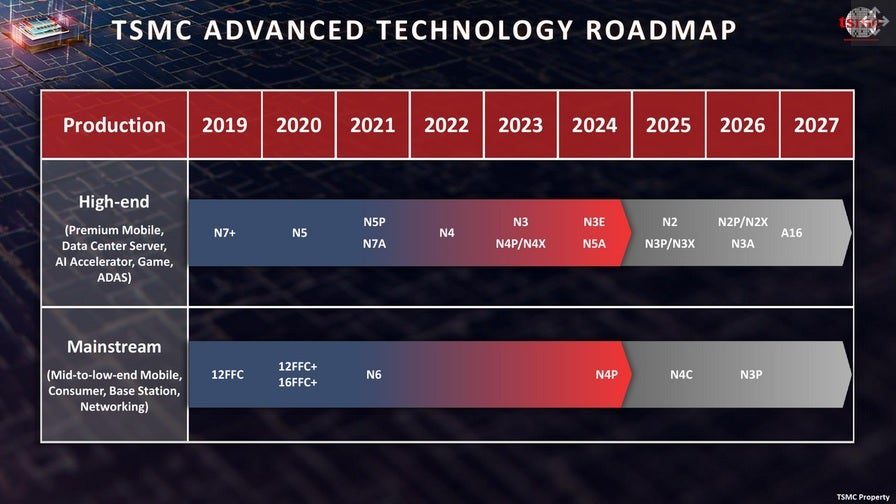
TSMC roadmap
- 2nm process technology (N2, N2P, N2X):
- Utilizes Gate-All-Around (GAA)transistors:
- .
- Vertical horizontal nanosheets ensure that the gate channel is covered on all sides, reducing current leakage.
- Enhanced performance and energy efficiency.
- Mass production starts in 2025.
- Utilizes Gate-All-Around (GAA)transistors:
- 1.6nm process: mass production launch in 2026.
- 1.4nm process technology: will start using high-NA EUV in 2027.
Technology Innovations
- BSPDN (Backside Power Delivery Network):
- Replacement of power supply connections from the front of the chip to the back.
- This improves power efficiency and performance.
Conclusion
TSMC is moving aggressively to produce the most advanced chips in an effort to maintain leadership in the semiconductor industry. The use of high-NA EUV and innovative GAA transistors strengthens the company’s position and opens new horizons for future technologies.


